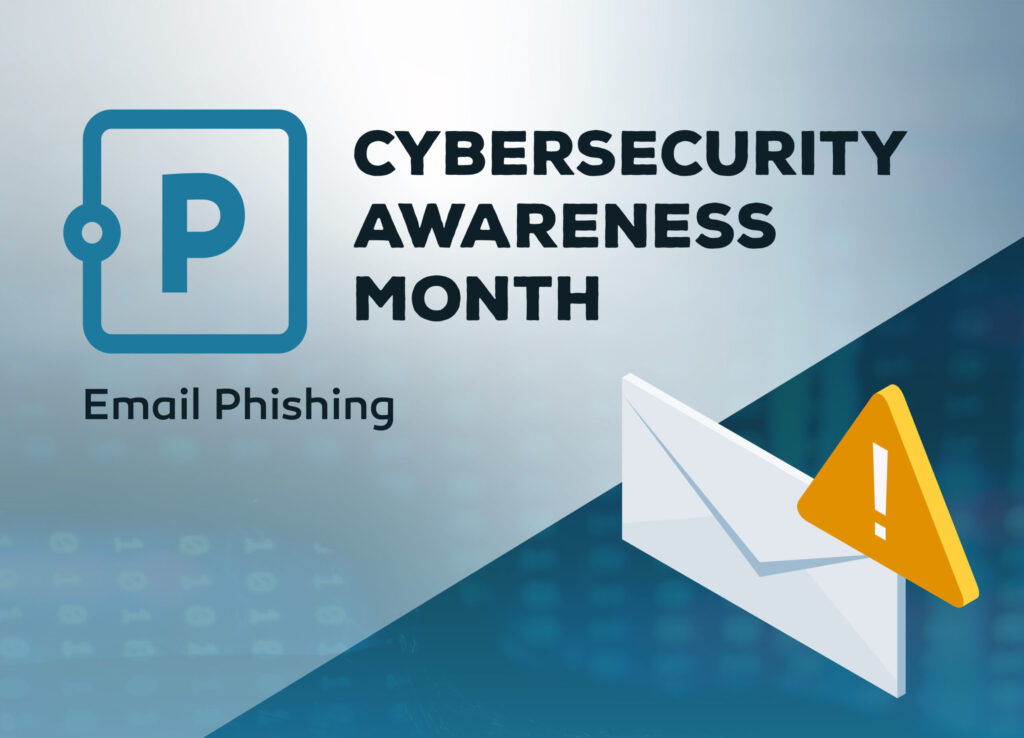What to know about Canada’s Anti-spam Legislation (CASL)
Last week the Electronic Commerce Protection Regulations of Canada’s Antispam Legislation (CASL) were given PCO approval. Canada’s new Anti-spam provisions of CASL comes into force on July 1, 2014. Malware provisions of CASL comes into force Jan. 15, 2015.
What does this mean for most people?
• You will need consent to send most forms of commercial electronic messages (CEMs). This includes email, SMS text and some forms of instant messaging.
• You cannot send a CEM to acquire consent.
• Consent must be “opt-in” (a pre-checked box on a website not acceptable).
• Consent must be verifiable (you need to document the where, when and how consent was acquired).
• All CEMs must have a one-step electronic mechanism to unsubscribe from future messages.
• All messages must include prescribed information about the sender and sender’s contact information.
• You will also need consent to place a computer program on another person’s computing device.
• There are several exemptions that provide relief from the prohibition on sending messages but still require that CEMs include an “unsubscribe” mechanism and prescribed information. These are an existing family relationship and existing business or non-business relationship.
• Another improvement is the limiting of CASL to messages sent outside of Canada. Messages sent outside of Canada must comply with the law of the jurisdiction where the message is sent. If there is no spam law in that jurisdiction, then CASL applies.



